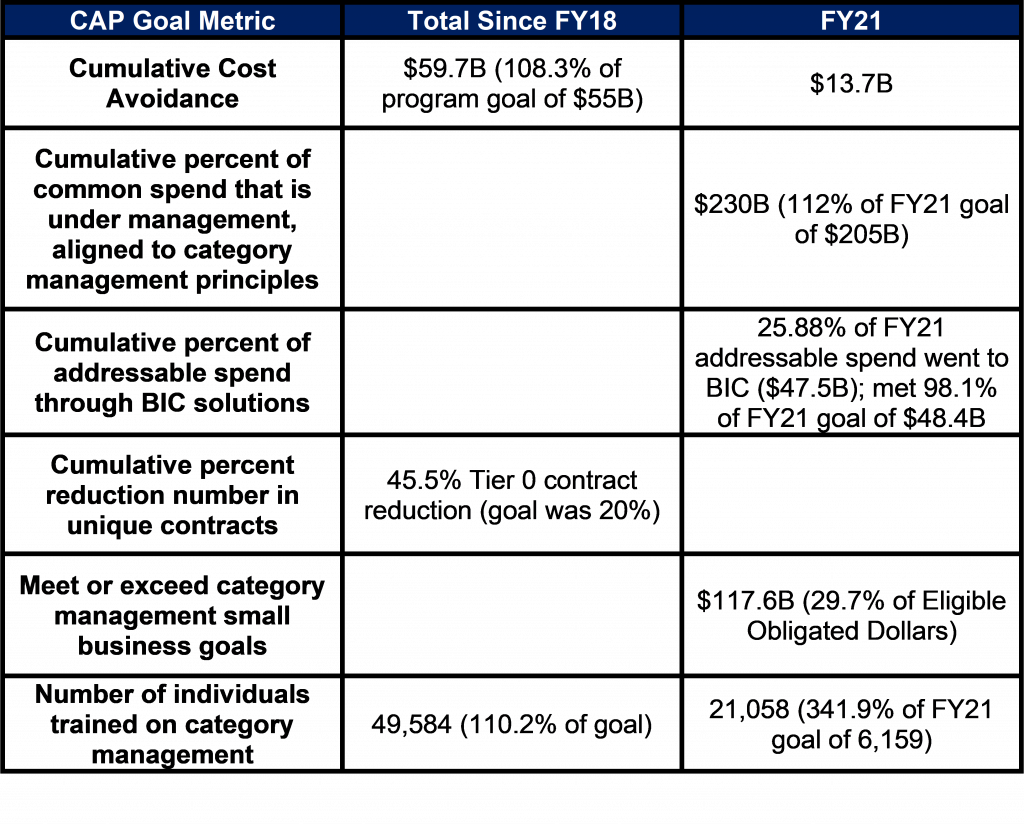Efficiency is the name of the game in the private sector. Companies strive to provide the best product on the shortest timeline and at the lowest production cost. Government, on the other hand, can only dream of such efficiency while it remains bogged down in bureaucracy and red tape. Simplifying the acquisition process sounds like a no-brainer, but few markets are as complex as Federal procurement.
In Fiscal Year 2021 alone, the Federal Government managed, tracked, and reconciled ~$636B spent across 73,464,730 individual actions executed by 500 departments and agencies. To further complicate the Federal procurement landscape, agencies aren’t buying one thing over and over again, but rather are purchasing goods, services, and products from more than 90,000 vendors. In FY21 alone, contracting officers purchased from 2,630 unique product service codes, representing everything from toilet paper and printer ink to complex engineering and design services. The Federal market is vast and diverse, with myriad regulations that only complicate matters further.
Each agency and department is composed of a dynamic workforce ranging in shape and size and with varying buying preferences, options, and resources. Contracts staff are rarely experts at buying under their own vehicles, and the processes, regulations, and procedures vary by agency. To make matters worse, most departments are not equipped with technology and tracking methodologies that are interoperable, well managed, and on the leading edge of innovation.
This is where category management comes into the picture. Let’s refresh on the basics…




